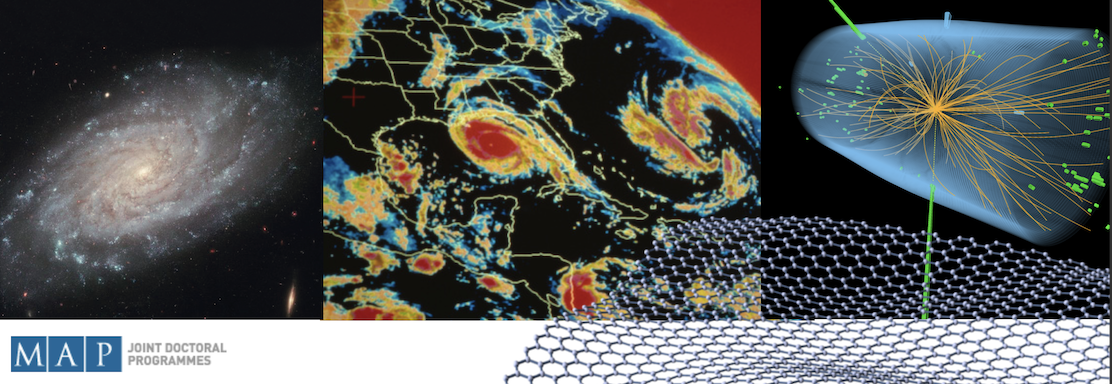Speaker
Description
A proof-of-concept test bench to assess the quality and operation of rangefinders and LiDARs in a compact setup with a footprint small enough to sit on a usual optical table. In particular, the development subsystem includes an apparatus capable of measuring the maximum range of the rangefinder type of instrument. The range measurement will be implemented by mimicking a real backscattering event that would take place in a far location and feeding back to the rangefinder a signal that is synthesized from the instrument's own illumination laser after a carefully calibrated attenuation procedure and with similar noise characteristics to one taken in an open field scenario.
The instrument consists of a rotating optical diffuser placed at the focus of an optical collimator and an optical attenuator. The maximum range of the LiDAR is calculated by a radiometric equivalence to the distant target when the LiDAR detected signal is extinguished. This subsystem is to synthesize an optical echo signal, fed from the rangefinder's own laser beam, that is meant to be similar to that that would come from a distant diffusive object. The goal is to produce an optical stimulus with high fidelity to the signal that would be acquired in a real situation and, in particular, regarding its amplitude attenuation, to preserve as much as possible the optical noise present in the real case. To do that, we use a calibrated diffused light generator that produces a diffused signal with controllable amplitude.
Also, experimental study of the physical phenomena that influence the signal-to-noise ratio in rangefinders and LiDARs, which greatly influences them, and of the coherence properties of backscattered light and how to mimic them with a local diffuser for different real objects and surfaces.
The instrument to be built will also be able to perform a comprehensive characterization of the beam in terms of divergence, astigmatism, and M2.
The proposed method allows determining the maximum range of various rangefinders and LiDAR configurations without the need for calibration, making it suitable for both the development and production of LiDAR systems. A successful realization of a new reliable instrument could be of great importance due to the increasing use of LiDARs for autonomous driving and the foreseeable requirement of periodically evaluating the conformity of these instruments.
References
[CI] - https://www.ci-systems.com/laser-range-finder-and-designator,
[Dio] - https://www.dioptic.de/en/portfolio/test-system-lidar/
[HGH] - https://hgh-infrared-usa.com/ircol-600-6000/
[EP06] - Joseph W. Ruhl, Jr.Arnold E. Glick, patent number EP0601872A1 / CA2111068A1 Laser rangefinder testing system incorporating range simulation, 1992
[Shi] - I-Fu Shih, patent number US5281813A “Laser rangefinder test system”, 1994
[Erb] - V. Erbert and L. O. Braun, patent number US4068952,“Range testing system having simulated optical targets,” ,1978.
[Pat20] - N.F.Cunh, J.V. Gomes F.A.P. Oliveira, a patent number PCT/IB2021/056370 ,System to determine the maximum range of a LiDAR sensor - in submission (19 January 2023)
[Mac1] - Edward P. MacKerrow and Mark J. Schmitt, Measurement of integrated speckle statistics for CO2 lidar returns from a moving, nonuniform, hard target, Applied Optics, 1997
[Mac2] - Edward P. MacKerrow, Mark J. Schmitt, and David C. Thompson, Effect of speckle on lidar pulse–pair ratio statistics. Applied Optics,1997
[ISO] - ISO 11146-1:2005 Lasers and Laser-Related Equipment—Test Methods for Laser Beam Widths, Divergence Angles and Beam Propagation Ratios—Part 1-3, Geneva, Switzerland: ISO Standards, 2005.
[IEC] - IEC 60825-1:2014 -Safety of laser products – Part 1: Equipment classification, requirements and user's guide, 2014.
[McM] - Paul McManamon, Field Guide to Lidar, SPIE.Digital Libary, 2015
[Fan] - Xu.Fana,Wang. Jiaxingb, Zhu. Daiyina, Tu.Qic, Speckle noise reduction technique for Lidar echo signal based on self-adaptive pulse-matching independent component analysis, Optics and Lasers in Engineering 103 (2018) 92–99.
[Woj] - J. Wojtanowski, M. Zygmunt, M. Kaszczuk, Z. Mierczyk, and M. Muzal, “Comparison of 905nm and 1550nm semiconductor laser rangefinders’ perfomance deterioration due to adverse environmental conditions,” Opto-Electronics Rev., vol. 18, no. 2, pp. 121–136, 2010.
| Which topic best fits your talk? | Optics and Photonics |
|---|

